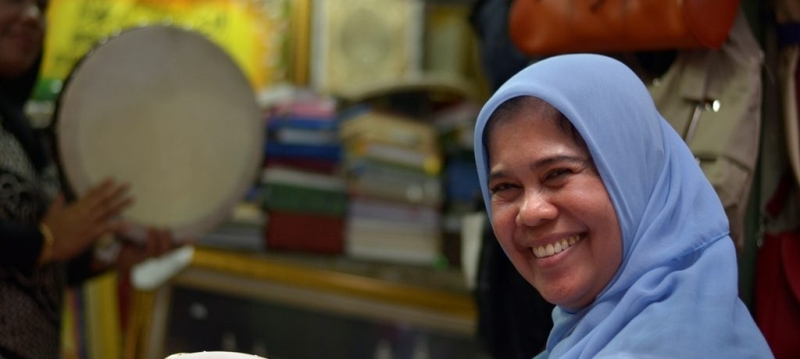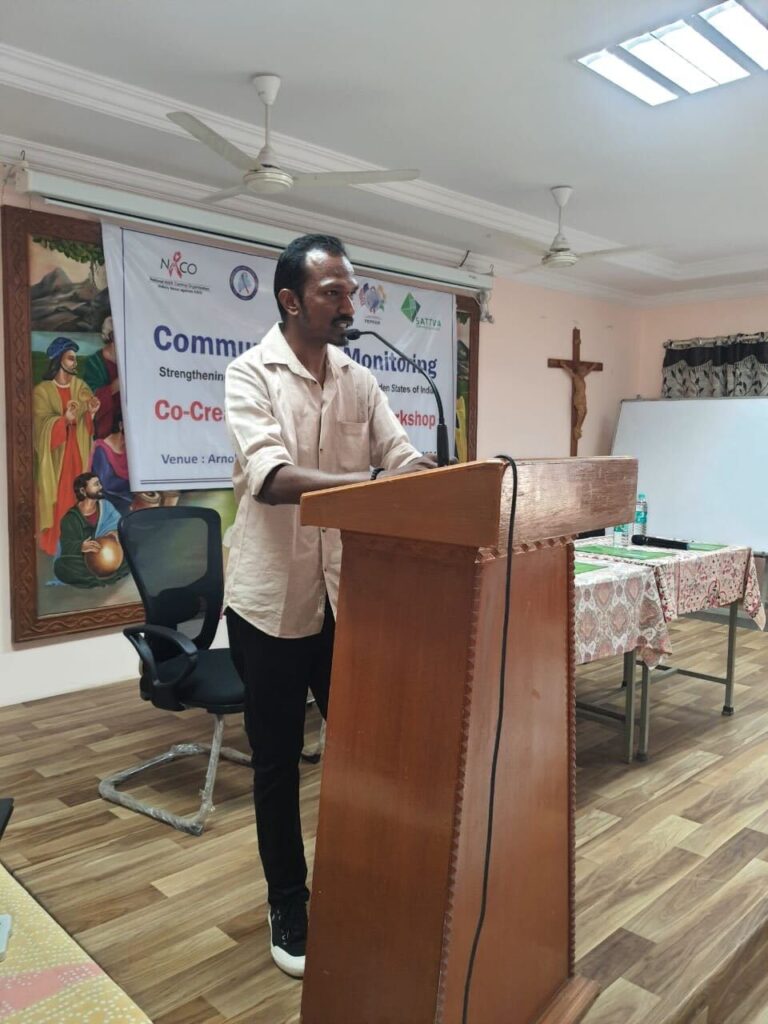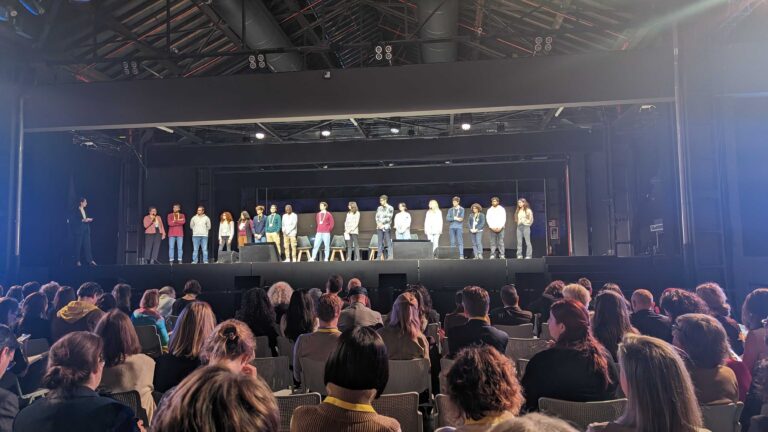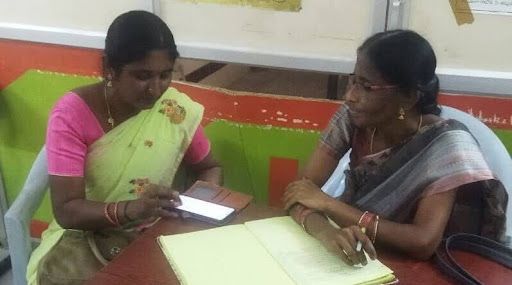5 insights on the potential of e-commerce in growing women entrepreneurship
A lack of access, skills and business acumen often prevent women and women-owned enterprises from being able to participate in markets or scale their economic participation. The numbers reflect this—46% of women-owned enterprises in India classify their business as stagnant, and only 20% earn more than INR 5000 (~US$71) a month (compared to 73% of men-owned enterprises). Addressing this disparity is essential to improving economic empowerment outcomes for women, and stakeholders across sectors, be it government, private sector or civil society, have a vested interest in solving for the barriers to women entrepreneurship.
A recent solution that has shown promise in improving the type of work and market opportunities available to women is the advent of e-commerce. Internationally, models such as Taobao (Alibaba) and Grab have shown results in linking women to livelihoods and markets, and in India, nascent platforms such as Amazon Saheli and GoCoop are looking to do the same. Aside from market linkages, these platforms often provide a basket of different enablers in order to allow these small entrepreneurs to participate in online value chains, such as access to digital finance, support with logistical services, and flexible work opportunities.
The Potential: What can e-commerce bring to the table?
E-commerce platforms have the potential to improve gender outcomes
These platforms can potentially increase the revenue share available for women producers by eliminating middlemen and reducing barriers to entry. They can use the data generated on consumer preferences to enable better production choices as well as help women achieve visibility and discoverability for their businesses. For example, the Saheli storefront on the Amazon India website directs traffic to products from their partner women-owned enterprises to provide greater visibility. Finally, they can make the process of procurement and purchasing gender blind, thus addressing any normative barriers associated with women participating in traditional value chains.
However, digital platforms are not a silver bullet solution
They may provide market linkages and end to end support, but they cannot guarantee demand for products, or insulate enterprises from global competition. They are also often not able to directly provide credit, inputs or physical infrastructure, but multiple models provide tie-ups and support addressing these issues.
While competition is a major concern, models based around service provision are better suited to mainstreaming through digital platforms
E-commerce platforms can create market linkages for niche products (such as handicrafts), but small enterprises producing in the fast-moving consumer goods (FMCG) market with mainstream players will often have issues competing on price, quality etc. On the other hand, enterprises based on service provision are more insulated from global competition as service provision is limited to local geographies, while manufacturing products can be easily replicated in other markets where production and prices may be cheaper, crowding smaller players out.
Is the ecosystem ready?
There is a need for money, skills for business, quality and timely production and quality production services to drive efficiency of enterprises and enable them to compete on a global scale
There is a need for handholding, additional services and solutions such as clustered service centers, common branding across enterprises to create product awareness, and business consulting services to aid first time entrepreneurs survive in mainstream markets. Experiences from companies like Rangsutra and Industree show that in order to achieve the quality and compliance expected on such platforms, technical capacity building and support is often needed, along with some level of guaranteed and predictable revenue for these risk-averse entrepreneurs. Other necessary pre-requisites to work with women entrepreneurs include buy-in from the men in a household, and of course, basic internet access.
The viability and scalability of e-commerce as a route to women’s economic empowerment needs to be further explored by stakeholders across sectors
While the potential exists, and some stakeholders are exploring this as a solution; it is important for further research and discussion to explore which types of digital solutions are most relevant in addressing the barriers plaguing women and women-owned enterprises, how feasible these models are, and their potential for scale in different contexts.
Finally, it is important to keep in mind that while these solutions could solve for barriers faced by enterprises, these entrepreneurs may not have the access or ability to engage with digital solutions. Solving for this will require a tri-sector approach, and stakeholders from civil society, government and the private sector must come together at platforms like AVPN and identify a way forward both in terms of potential and for readying the ecosystem to take up these solutions at scale.
———————————————
REFERENCES:
[1] Data from the 73rd NSS and 6th EC in India.
[2] Taobao is a Chinese online shopping website, owned by Alibaba.
[3] Grab is a transportation, food delivery and online payment provider founded in Malaysia.
[4] The Saheli store is a dedicated storefront on Amazon India to display women entrepreneurs’ products and facilitate sales.
[5] GoCoop.com is an online marketplace that enables handloom and handicraft co-operatives and artisans in connecting directly with buyers (both consumers and other businesses).
[6] Rangsutra is a craft company in India that produces a variety of textile handicrafts, collectively owned by over 2000 artisans.
[7] Industree works to create ownership based, organised manufacturing ecosystem for artisans and micro-entrepreneurs, and runs 2 producer-owned enterprises that employ over 1400 women.
———————————————
This article was originally published by AVPN and can be accessed here.
You can find more Insights from Sattva here.
To talk to us for collaborations or partnerships, you can write to us: impact@sattva.co.in




